Beef Reproduction and Genetics
All Beef Reproduction and Genetics Content

Cattle Artificial Insemination (AI) School - January
SDSU Extension will host a Cattle Artificial Insemination (AI) School from January 17-19, 2026, at the SDSU Cow-Calf Education and Research Facility (2901 Western Ave, Brookings, SD 57006).
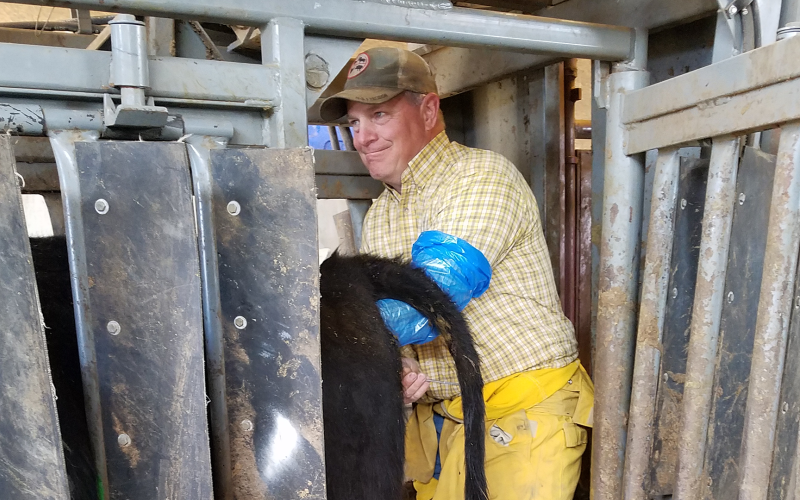
Cattle Artificial Insemination (AI) School - February
SDSU Extension will host a Cattle Artificial Insemination (AI) School from February 14-16, 2026, at the SDSU Cow-Calf Education and Research Facility (2901 Western Ave, Brookings, SD 57006).

Animal Science Research and Extension Report
Research report from Animal Science Department covering a variety of areas in livestock production.
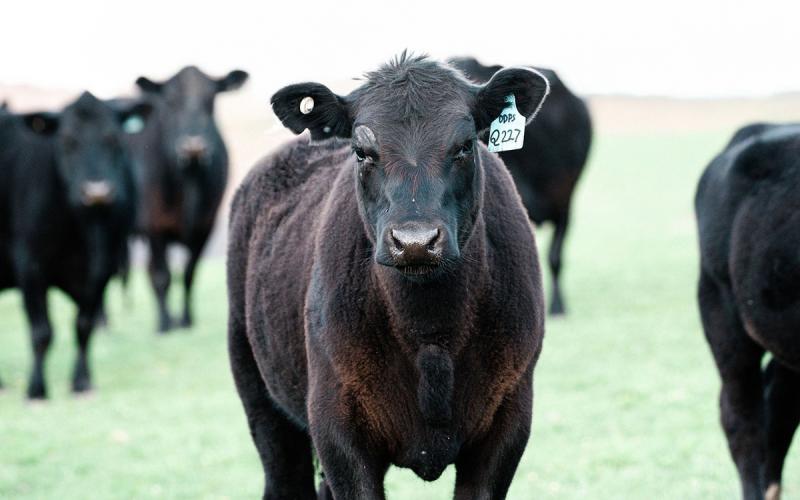
Breeding and Marketing Strategies
The debate as to when or if the U.S. beef cattle herd will begin rebuilding this year is yet to be determined. While cattlemen operate record low cattle inventory numbers, the decision to retain females will be unique to each operation.
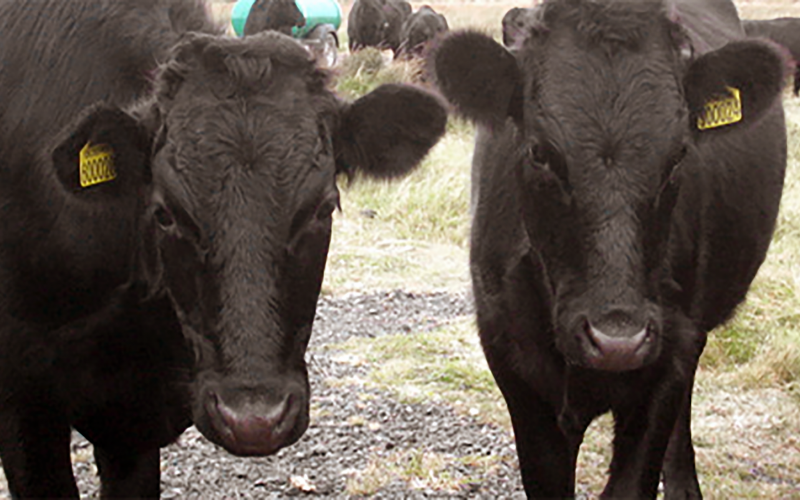
Heifer Selection Strategies
Producers should consider some common characteristics and questions to help select replacement heifers strategically.
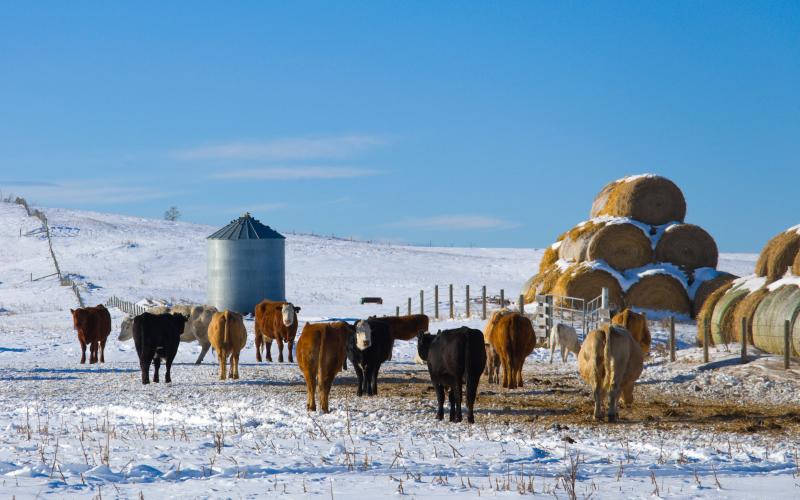
Bunch the Cow Herd
Reproduction is one of the biggest drivers of economic success. Cows stressed by cold, wind, snow, and mud will put energy resources into body condition maintenance and lactation prior to recycling.
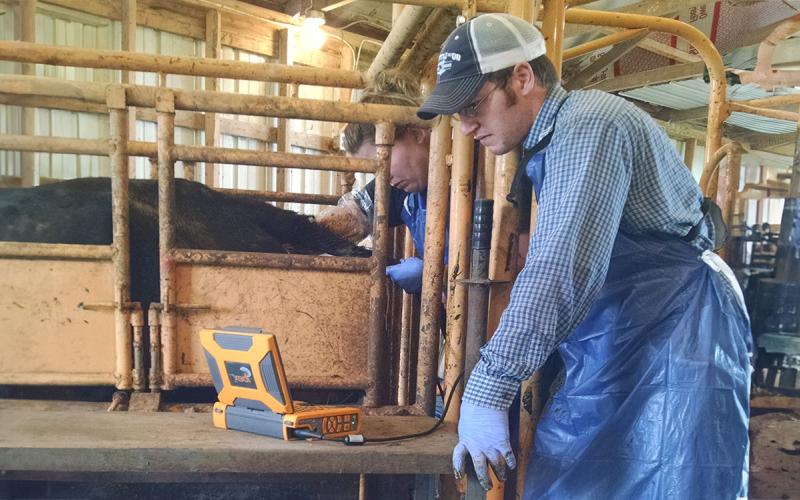
Merits of Early Pregnancy Diagnosis in Replacement Heifers
By conducting early pregnancy diagnosis, producers can make management decisions that impact herd viability and expected financial outcomes.
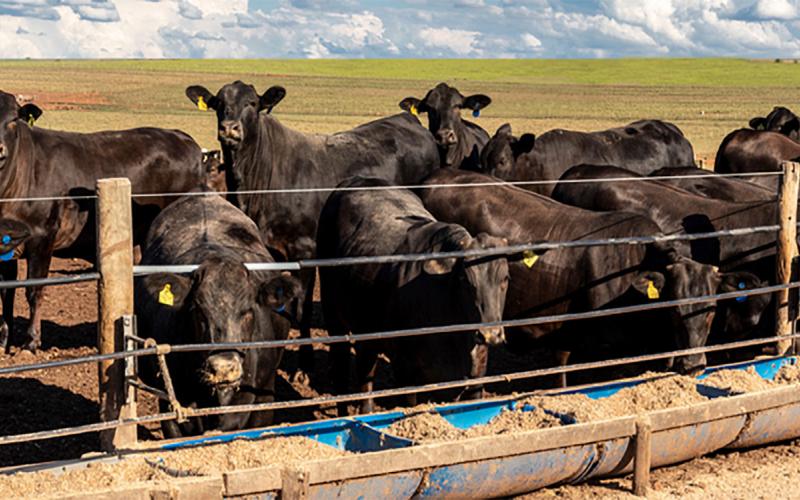
Getting the Most Out of Your Cull Cows
Pregnancy detection is a tool that producers can use to manage cow herd expenses. An open cow continues to incur feed and health expenses until they are marketed. Early pregnancy diagnosis may increase profitability if open cows can be culled earlier.
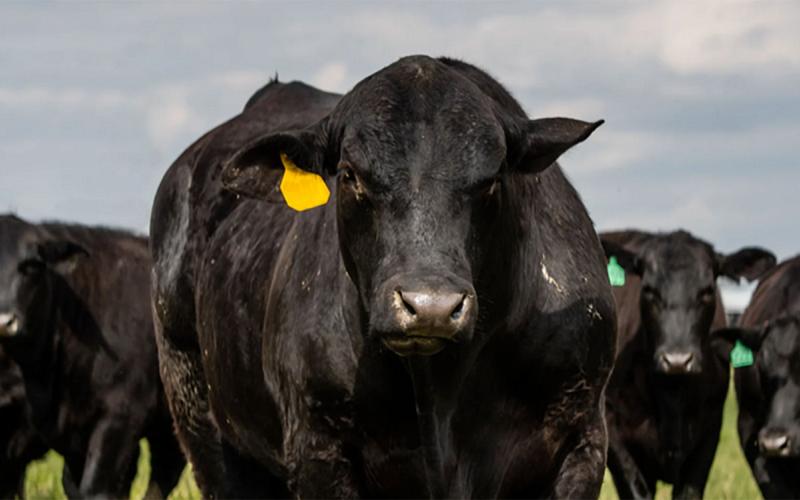
Trichomoniasis: A Tricky Cause of Reproductive Failure in Beef Cattle
Trichomoniasis in cattle is caused by a protozoal organism that lives indefinitely in the sheath of infected bulls. Once transmitted to a cow or heifer, it causes an inflammation in the female reproductive tract that results in the eventual loss of the pregnancy.
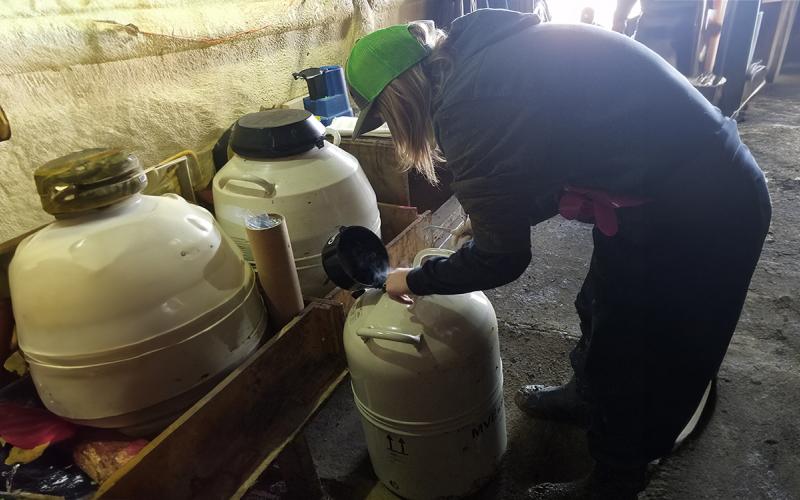
Improve cattle AI skills with SDSU Extension refresher course
May 22, 2024
Cattle producers looking to refresh their artificial insemination skills are welcome to join the South Dakota State University Extension AI School Refresher Course on June 8, 2024.